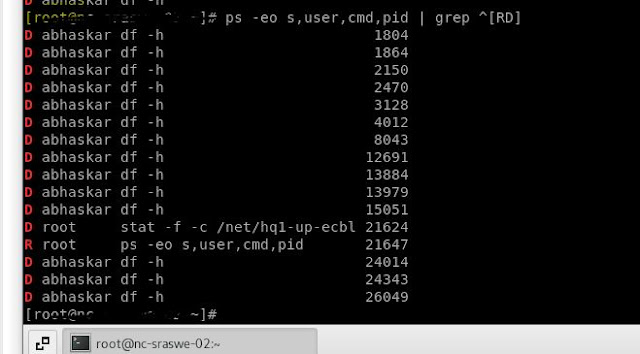Understanding Load Average
What Is system Load in Linux? System load is a measure of the amount of work (meaning the number of currently active and queued processes) being performed by the CPU as a percentage of total capacity. Load averages that represent system activity over time, because they present a much more accurate picture of the state of our system, are a better way to represent this metric.
The load on a system is the total amount of running and blocking process. For example, if two processes were running and five were blocked to run, the system’s load would be seven.
The load average is the amount of load over a given amount of time. Typically, the load average is taken over 1 minute, 5 minutes, and 15 minutes. This enables you to see how the load changes over time.
We can use the following command to get the running process and blocking process. It should be the same as the load average.
ps -eo s,user,cmd | grep ^[RD] |wc -lps -eo s,user,cmd,pid | grep ^[RD] |wc -l
D uninterruptible sleep (usually IO) R running or runnable (on run queue) kill those pid for the respective D and then check the uptime, it should be reduced. Before:
After:
Check High System Load averageHow to Check Load Average in Linux? We have 4 ways to check the load average on Linux.
cat /proc/loadavg
uptime
w
top
Subscribe by Email
Follow Updates Articles from This Blog via Email






No Comments